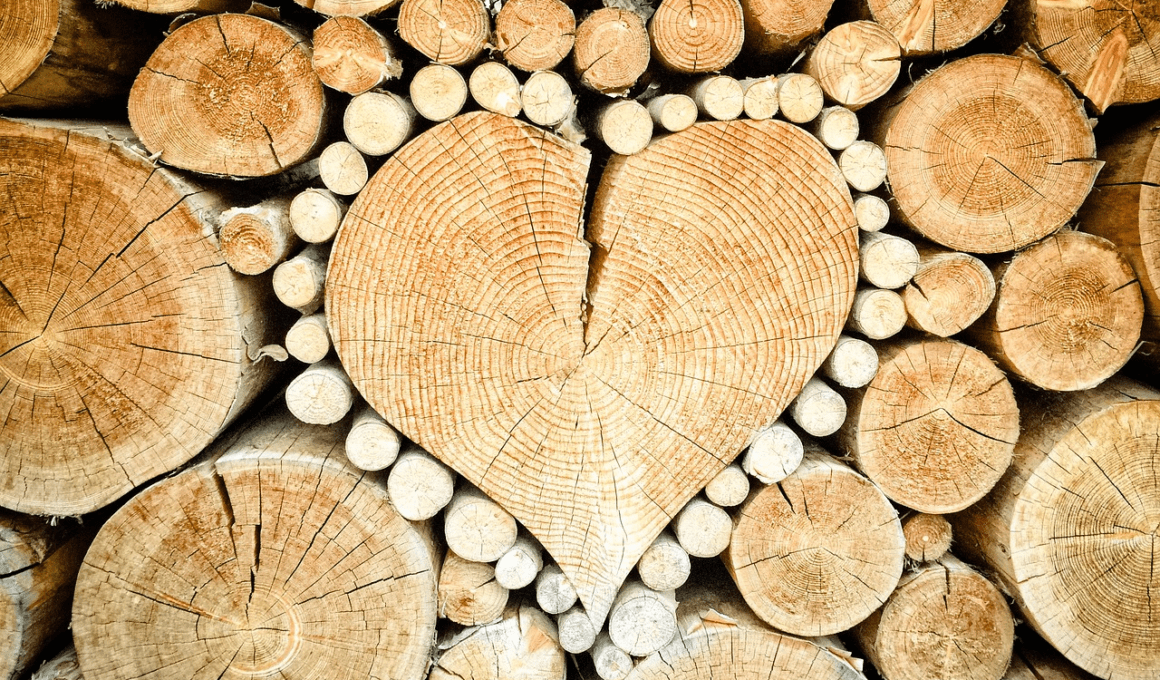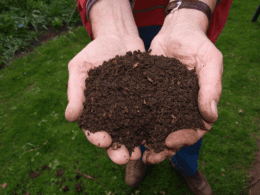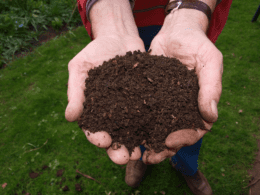Are you looking to buy firewood for the winter months? It’s important to understand the different measurements used when buying and selling firewood, so you get the right amount for your needs and don’t overspend. Terms like rick, cord, face cord, and rank can be confusing, but don’t worry – we’re here to help you understand the differences between them and save you money in the process.
In this article, we’ll explore the distinctions between rick and cord measurements. We’ll also delve into the factors that affect the cost of firewood, so you can make an informed decision when buying. It’s important to know what you’re getting and how much you’re paying for it, especially when it comes to a source of heat for your home.
So, read on to learn more about understanding firewood measurements and how to ensure you get the right amount of firewood for your needs.
Quick Takeaways
- A rick of wood is a stack that is 8ft wide, 4ft tall, and 16 to 18 inches deep, while a cord of firewood is a tight stack that measures 8ft wide, 4ft tall, and 4ft deep.
- The cost of firewood varies depending on factors such as thickness, split or not split, moisture level, cleanliness, and time of year. A rick of wood typically costs between $50-$85 in the warmer months and around $115-$170 during the colder months.
- When buying firewood, it’s important to distinguish between a face cord (rick) that has at least 16-inch-long logs and a stove cord, which has logs only 12 inches long, so it fits easily into a wood-burning stove.
- The weight of firewood varies depending on the species of wood and how dry it is. A cord of hardwood can weigh upwards of 5,000 pounds, while a softwood may weigh half that amount.
Can Bokashi Composting Be Used for Fermenting Firewood Scraps?
Can Bokashi composting be used for fermenting firewood scraps? This ultimate guide to bokashi composting explores the potential use of this method in fermenting firewood scraps. Bokashi composting involves fermenting organic waste, but it is typically used for kitchen scraps and garden waste. While firewood scraps are not explicitly mentioned, it may be worth experimenting with Bokashi composting techniques to determine their effectiveness in fermenting such materials.
What is a cord?
So, you may be wondering, what exactly is a cord of firewood? Well, a cord is a tightly stacked pile of firewood that measures 8ft wide, 4ft tall, and 4ft deep. It’s a measurement of volume rather than weight, which means that the weight of a cord of firewood can vary depending on the species of wood and its moisture level.
A cord is the standard measurement for firewood and is commonly used when buying and selling wood. It’s important to note that a cord of firewood is different from a face cord, also known as a rick. A face cord is a stack of wood that measures 8ft wide, 4ft tall, but only 16 to 18 inches deep.
This measurement goes by the average cut length of a fireplace log, before being split into smaller pieces. When buying firewood, it’s crucial to know the difference between a cord and a face cord, as the amount of wood can vary greatly.
What is a rick?
When buying firewood, if you only need a smaller amount for occasional use, you may want to consider purchasing a rick. A rick is a stack of wood that measures 8ft wide, 4ft tall, and around 16 to 18 inches deep.
Here are some things to keep in mind when purchasing a rick of wood:
- A rick is one-third of a cord of 16-inch logs.
- The depth measurement of a rick goes by the average cut length of a fireplace log before being split into smaller pieces.
- The cost of a rick of wood will vary according to factors such as thickness/uniformity, split or not split, moisture level, cleanliness, and time of year.
- The average cost of a rick of wood in warmer months is between $50-$85, and around $115-$170 during colder months.
Note that there should be a double new line after each complete sentence.
Factors affecting cost
To determine the cost of firewood, you should consider factors such as thickness/uniformity, split or not split, moisture level, cleanliness, and time of year. Moisture levels in firewood can greatly affect its weight and burn time. Wood that is too wet will weigh more and won’t burn as well, reducing the value of your purchase. On the other hand, wood that is too dry will burn too quickly, requiring you to use more wood to maintain your fire. Additionally, cleanliness and uniformity of the wood can affect the overall value of your purchase. Purchasing wood that has been split and is uniform in size can make it easier to stack and store. Finally, the time of year can affect the cost of firewood, with prices typically rising during the colder months when demand is higher.
To further understand the factors that can affect the cost of firewood, refer to the table below. This table breaks down the moisture content and weight distribution of commonly sold firewood types. Keep in mind that these numbers are estimates and can vary depending on various factors such as species, cut, and storage conditions. By taking these factors into consideration when purchasing firewood, you can ensure that you are getting the best value for your money.
| Firewood Type | Moisture Content | Weight Distribution |
|---|---|---|
| Oak | 20% | 4,000-5,000 lbs. per cord |
| Maple | 25% | 3,500-4,500 lbs. per cord |
| Pine | 15% | 2,500-3,000 lbs. per cord |
| Birch | 30% | 3,000-4,000 lbs. per cord |
By understanding the moisture content and weight distribution of different firewood types, you can make an informed decision when purchasing firewood. By choosing a wood with a lower moisture content and a higher weight distribution, you can ensure that you are getting the most value for your money. Additionally, purchasing firewood during the off-season can often result in lower prices, making it a good time to stock up for the colder months.
Frequently Asked Questions
How do you properly store firewood to ensure it stays dry and ready to burn?
To store firewood properly, use stacking techniques to allow for proper air circulation and prevent moisture buildup. Keep the wood off the ground and ideally at a humidity level of 20-25%. This will ensure your wood stays dry and ready to burn.
What are some common types of wood used for firewood and how do they differ in terms of burn time and heat output?
When choosing firewood, consider types like oak, maple, and cherry for longer burn times and higher heat output. Use seasoning methods to reduce moisture and improve fire quality. Consider environmental impact when selecting wood sources.
What is the best way to measure the moisture content of firewood?
To measure the moisture content of firewood, use a moisture meter. Insert the prongs into the wood and wait for the reading. Other measuring methods include weighing and air-drying. Accurate measurements ensure safe and efficient burning.
Can you use firewood from trees that have recently fallen or been cut down, or does it need to be seasoned first?
Avoid using freshly cut firewood for wood burning. It needs to be seasoned for at least six months to a year, depending on the species. Using unseasoned firewood can lead to poor wood burning efficiency, creosote buildup, and chimney fires. Stay safe and use properly seasoned firewood.
What safety precautions should you take when using a wood-burning stove or fireplace?
To stay safe when using a wood-burning stove or fireplace, take precautions like cleaning the chimney, using a screen, and keeping flammable items away. Tips include never leaving the fire unattended and having a fire extinguisher on hand. Firewood safety is crucial for a cozy and secure experience.









